Having the right tires on your bike is important but one way to make sure that you enjoy your bike ride is by having the correct tire pressure. If you have questions in your mind about road bike tire pressure, that’s okay. Here’s the good part: I have answered the most-asked questions about tire pressure below.
They are detailed explanations so you won’t be left wondering anymore.
How Much Pressure Do I Need In My Tires From The Start/Beginning?
Normally, you would need 12 psi in the front tire and 12 psi in the rear one. But I have come across cases where you may have a two-pound adjustment up or down and stay within the range from 10 to 14 psi. For your information, psi means pounds per square inch: it is the measurement for estimating the air pressure in your bike’s tires. Optimal tire pressure ensures that you will have adequate rolling resistance, make sure to use a pressure gauge every time you fill up the pressure.
Road Bike Tire PSI Chart
In case you ever get confused or just want to be informed properly, refer to this road bike tire PSI chart. We have mentioned tires of different widths, rider weights, and the recommended PSI.
| Tire Width (mm) | Rider Weight (lbs) | Recommended PSI |
|---|---|---|
| 23 | Up to 150 | 90-100 |
| 25 | Up to 150 | 85-95 |
| 28 | Up to 150 | 80-90 |
| 23 | 150-175 | 95-105 |
| 25 | 150-175 | 90-100 |
| 28 | 150-175 | 85-95 |
| 23 | 175-200 | 100-110 |
| 25 | 175-200 | 95-105 |
| 28 | 175-200 | 90-100 |
| 23 | 200+ | 105-115 |
| 25 | 200+ | 100-110 |
| 28 | 200+ | 95-105 |
Can One Pound Of Air Pressure Make Any Difference?
Definitely! A one-pound change in your bike’s tire pressure is almost equivalent to a 10 percent adjustment. This change is reflected in your bike’s knob footprint, casing stiffness, and overall traction effect on traction. Since tire pressure is quite a sensitive matter, this is why factories often adjust in quarter-pound increments. I advise that when you are making your first pressure adjustment, stick to a one psi increase or decrease.
That is the moderate amount of air pressure your bike’s tires need. If required, you can add more pressure to the tire by 1/2 psi and even 1/4 psi increments. Bike tires need to have the proper tire pressure, make sure that you are doing it the right way. A lower pressure can sabotage the whole experience when it is not needed.
Does Riding A Bike Heat Up The Tire?
There are different causes of heat in a bike’s tire. When riding a bike, the tire begins to spin and this makes the rubber get hot because of friction. Of course, that is not the only cause of tire heat. It has been discovered that casing deformation and sidewall flex and also potentially increase the temperature of a bicycle’s tire. Tire pressure increases more in the rear tire than in the front one. Your bike tires are expected to get hotter on a hot day than on a cold day. Similarly, tire pressure increases on hard-packed tracks more than on loamy ones.
Technically, during the first three laps, tire friction will hike air pressure in the rear tire by as much as six pounds, and in the front tire by as much as three pounds. This phenomenon may constitute a headache for a cyclist in a competition. To maintain the right proportion of air pressure in your tire, it is better to fight tire heat. The simplest solution to combating heat build-up in a tire is to go to the starting line with less than maximum tire pressure.
You can start with 10 psi in the rear tire and less than that in the front tire. The calculation is that your bike’s tire will, by estimation, top off to 14 psi by lap three. This amount of air pressure isn’t bad at all for your bike, and you will be able to enjoy your ride.
Are Front Tires More At Risk Of Flatting?
The answer to the question above is YES! This may have surprised you but here are the reasons why: The front tires usually have a smaller cavity with less air volume. When riding your bike, you exert an almost equal amount of pressure on your front and rear tires. With this quantity of pressure, it takes just a little impact to have your front tire hammered into the rim and pinch-flat it.
To prevent their front tires from flatting, some riders have preferred to have the same rim widths and tire in both their rear and front. However, the downside is that it will make both tires heavy. So, if you are willing to use your bike in a triathlon or other biking competitions, it is better to have a lighter tire in the front for speed.
Is It Possible To Detect If I Have Too Much Tire Pressure?
While it is a problem if your bike’s tires don’t have enough air pressure, it can also be problematic if they have too much air pressure. Expert riders may know when their bikes’ tires are suffering from excessive air pressure. For novice bikers, here are two main ways to detect this: Too much wheelspin and lack of grip are the most probable ways to discover that your bike is being affected by too much air pressure. The reality is that if the pressure in your bike’s tires is too high, there won’t be any “rim clean.” I would suggest that you adjust the tire pressure according to the rider’s weight in most situations, it won’t let you down.
It doesn’t matter if you are riding on a smooth road or a rough one, you will notice that your bike will bump higher than necessary with a slight impact with a solid object. This will make it difficult for you to control your handle as you may have wished. Adult riders can generally manage this situation, but parents must be very careful when they gauge the air pressure in their children’s bike tires. The little ones may have a fatal accident if they lose control of their bikes.
What Does “Rim Clean” Mean?
The term “Rim Clean” is mentioned briefly in point number 5 above, and it is a phrase used to describe the sidewalls’ tendency to roll over the edge of the rim. The idea is that a properly inflated tire will flex around the sidewalls and will scrape clean the topmost part of the rim edge. This indicates that if you can’t see a shiny strip of polished aluminum along the top edge of your rim, you have too much air pressure in your bike’s tires.
Is It Possible For Me To Detect When I Don’t Have Enough Tire Pressure?
Here is how you can know if your bike is not good to go, having been filled up with an inadequate amount of air pressure: Your bike will wallow slowly through the bumps. Likewise, soft or almost deflated tires will find it difficult to make the necessary turns. You need tires that are hard and sliding to have a comfortable riding experience.
With inadequate air pressure, your front tire will go limp because the sidewalls are too weak; the tire will roll over off the edge of the rim. Understand this: You should know that your bike doesn’t have enough air pressure if there is more than a 4mm swipe of “Rim Clean” on it. Technically, tubed tires may be damaged if you ride a long distance without having adequate air pressure.
Similarly, tubeless tires may have some rupture or eventually be pinched by a sharp object that would have bounced off if the tires were hard and gliding on the road.
What Tire Pressure Is Best For Mud?
For riders that need to wade through the mud on each one of their rides, if the mud conditions reduce track speeds you should slash down your tire pressure down to 10 psi in the front tire or lower in the back. But if the mud isn’t very deep and you can still maintain high speed, you can decide to stick with your standard air pressure. However, if the mud is so tacky and sludgy to the extent that you’re practically fighting to keep the front end of your bike down, I have experienced that if you instantly add air pressure to help the tire break loose quickly.
It is believed that a bike with appropriate air pressure can find its way through the mud, no matter what. So, after many times of riding through the same mud, you will know how much air pressure you need exactly to sail through. But as a rule of thumb, follow the other instructions given above.
What About My Bike’s Air Pressure On Rocky Tracks?
This advice is for people riding through the rocky on most occasions. If you are living in areas where your roads are rocky or contain some pebbles, there are two things you can do. First, attempt to raise the air pressure in your tires. This will help them to go smoothly on the rocky tracks. Second, make sure you are using good wheels and frames. If your bike isn’t in good shape physically, inflating your tires only won’t guarantee a smooth day-to-day ride.
What About Four Strokes?
If your bike is four-stroke, you are in good form. This is because a four-stroke bike transfers weight differently from two-strokes and tends to power its way through more than skimming over obstacles. As you may have realized, this feature puts more of a load on the front tire than on the back.
If your standard pressure is 12 psi on a two-stroke, you should start with 14 psi in front of your YZ-F or CRF. The rear tire can remain 12 psi; however, you may want to consider one of the new stiff sidewall four-stroke tires as the best choice for your bike.
Recap
May it be mountain bike tires or just road bike tires, they need to have the correct pressure, this ensures that your ride remains comfortable and without any problems. You can always check tire pressure gauges to see if your tires have maximum pressure or not. If you have a tire width between 25-32mm then the recommended PSI should be 90. Although you can still keep it between 65-95 PSI (Based on your preferences).
I hope that after going through tactics and informative bits, you know more about road bike tires than before. Remember, if you are confused anywhere or just want the extra hand, take your bike to a nearby mechanic, they will surely help you out. Let me know in the comments what you think about my tactics. Happy riding!
Also Read
- How To Install Hybrid Tires On A Mountain Bike: Can You Actually Use Them?
- Why Do Bike Tires Keep Losing Air?
- Gravel Bike Tire Size Guide – Everything Explained!
Should you have any questions or require further clarification on the topic, please feel free to connect with our expert author Jerry O by leaving a comment below. We value your engagement and are here to assist you.

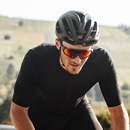
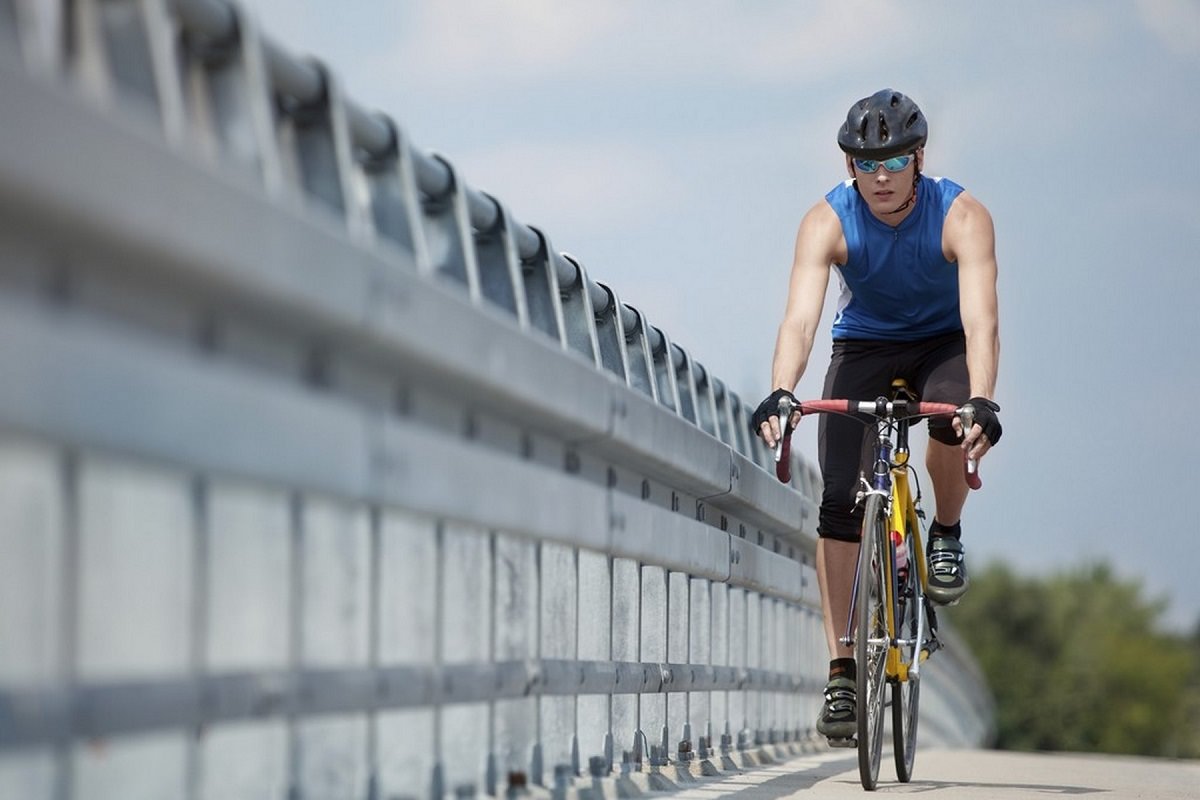
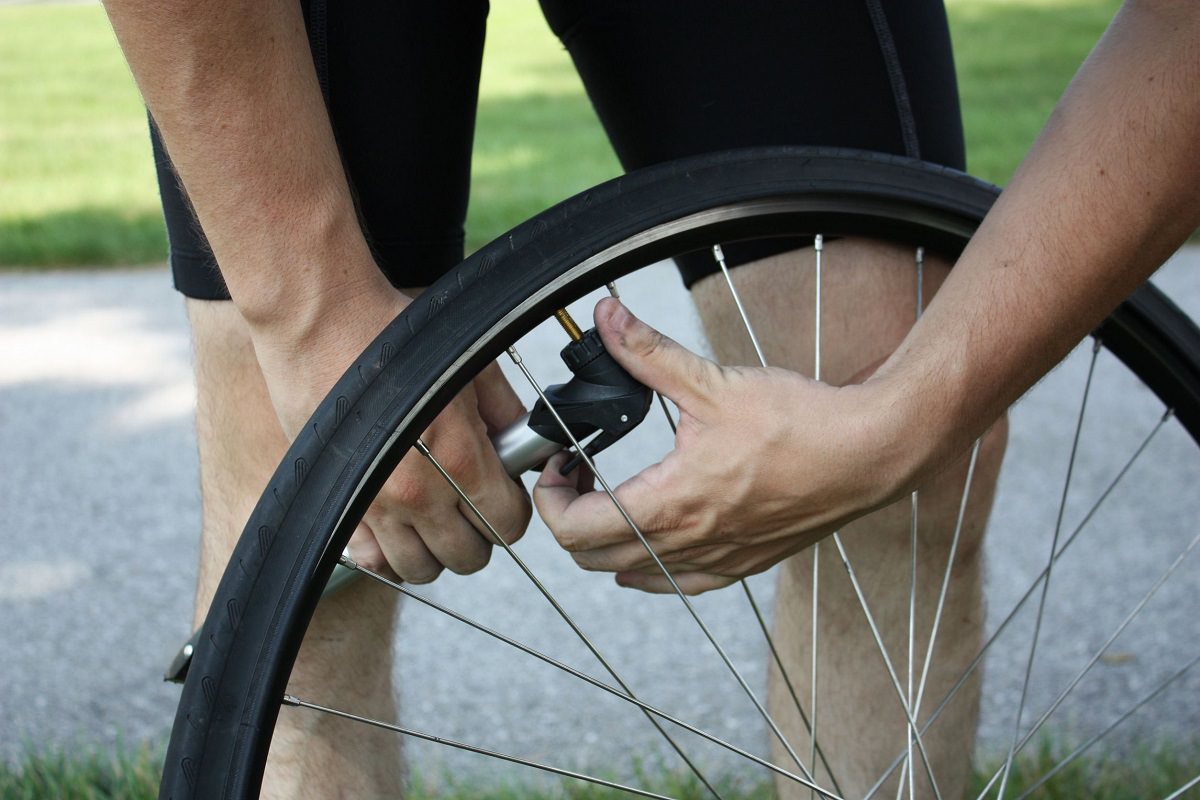
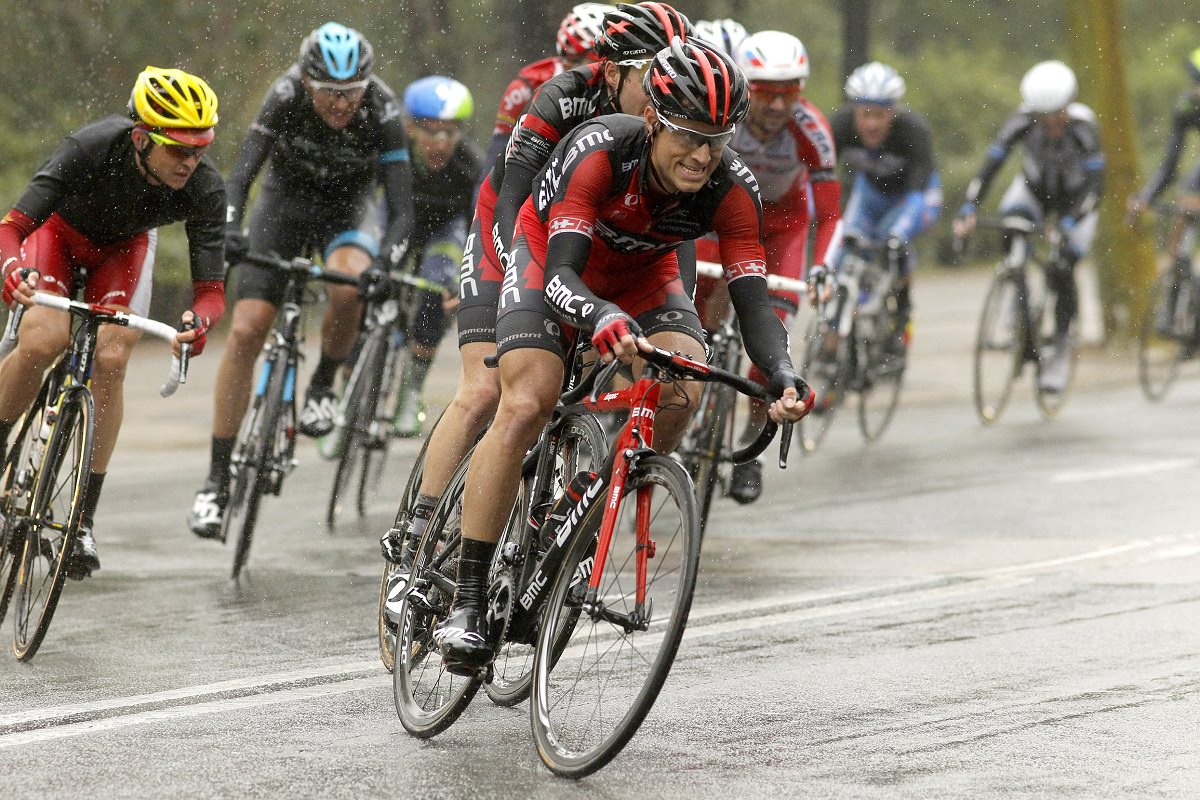
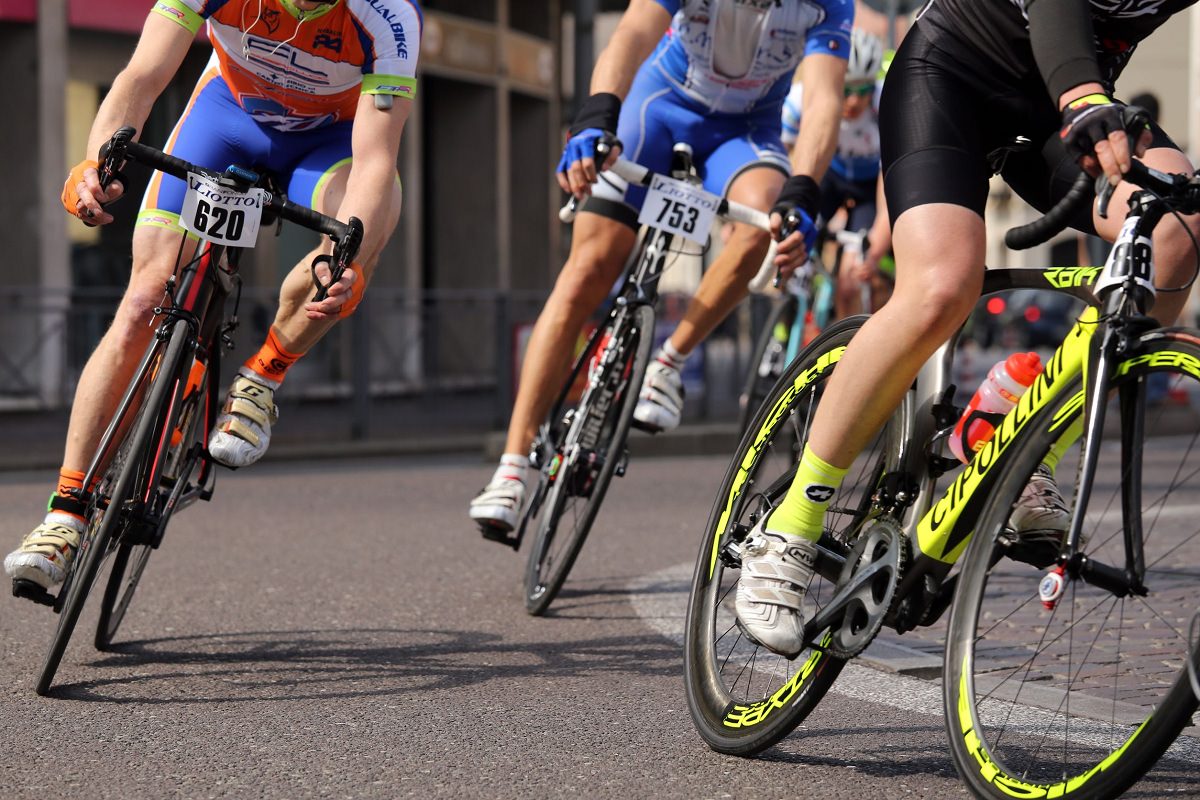
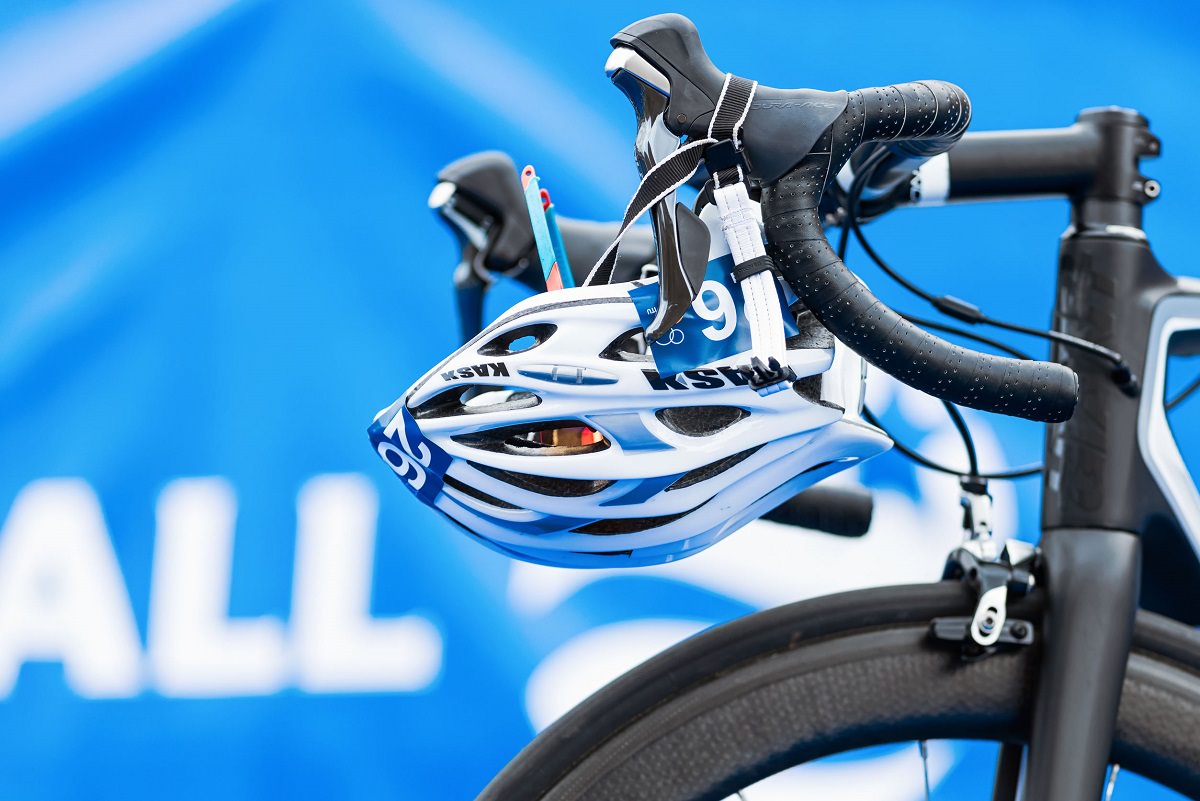
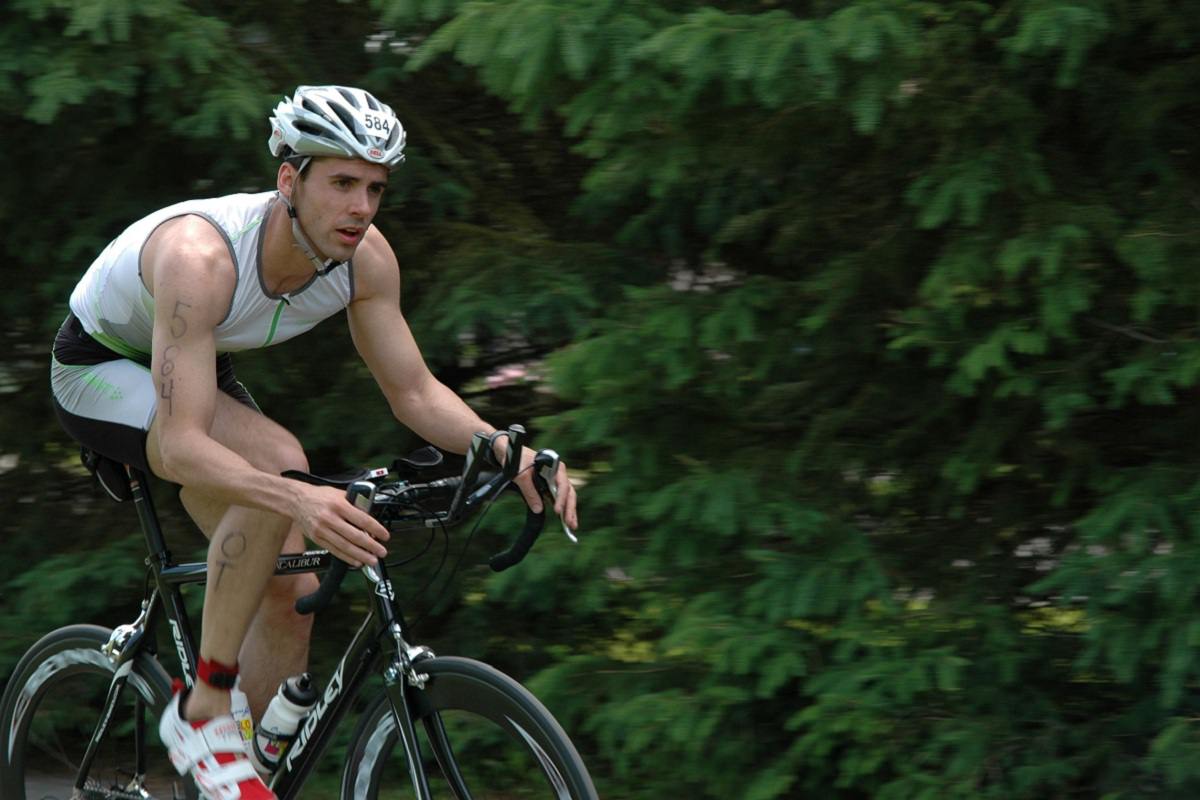
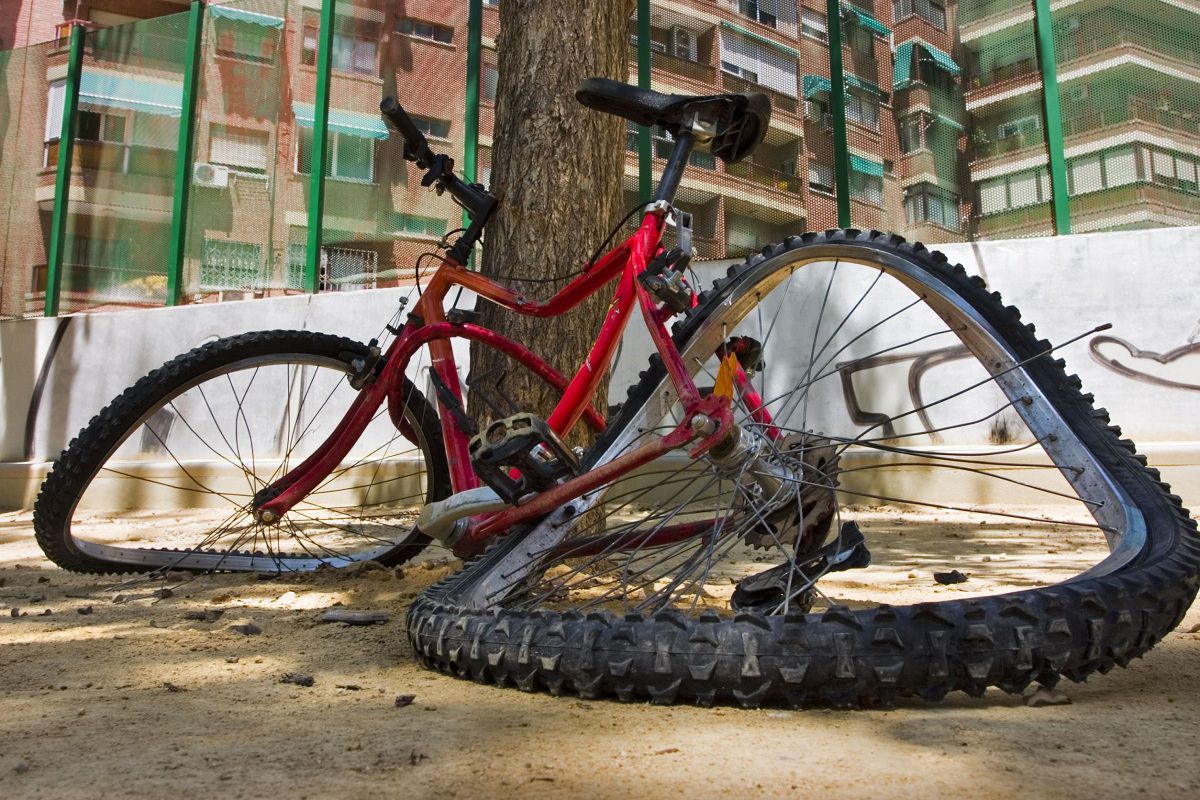
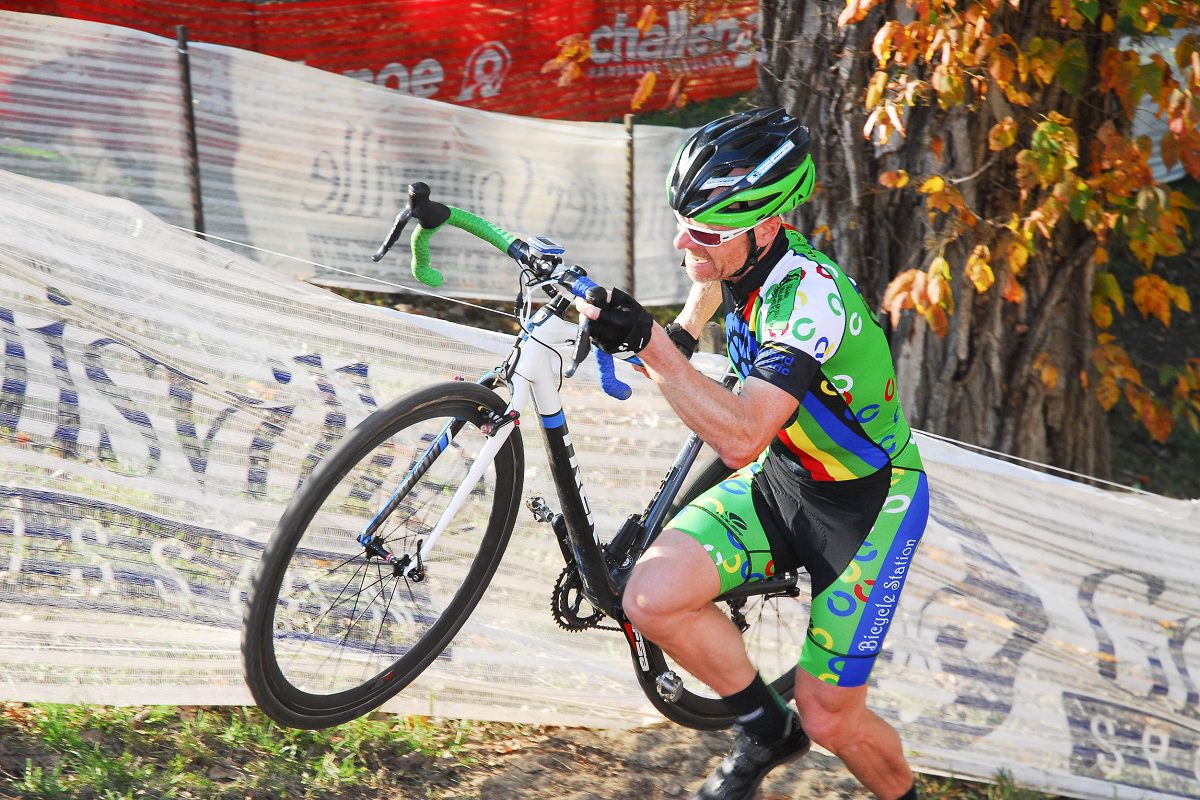
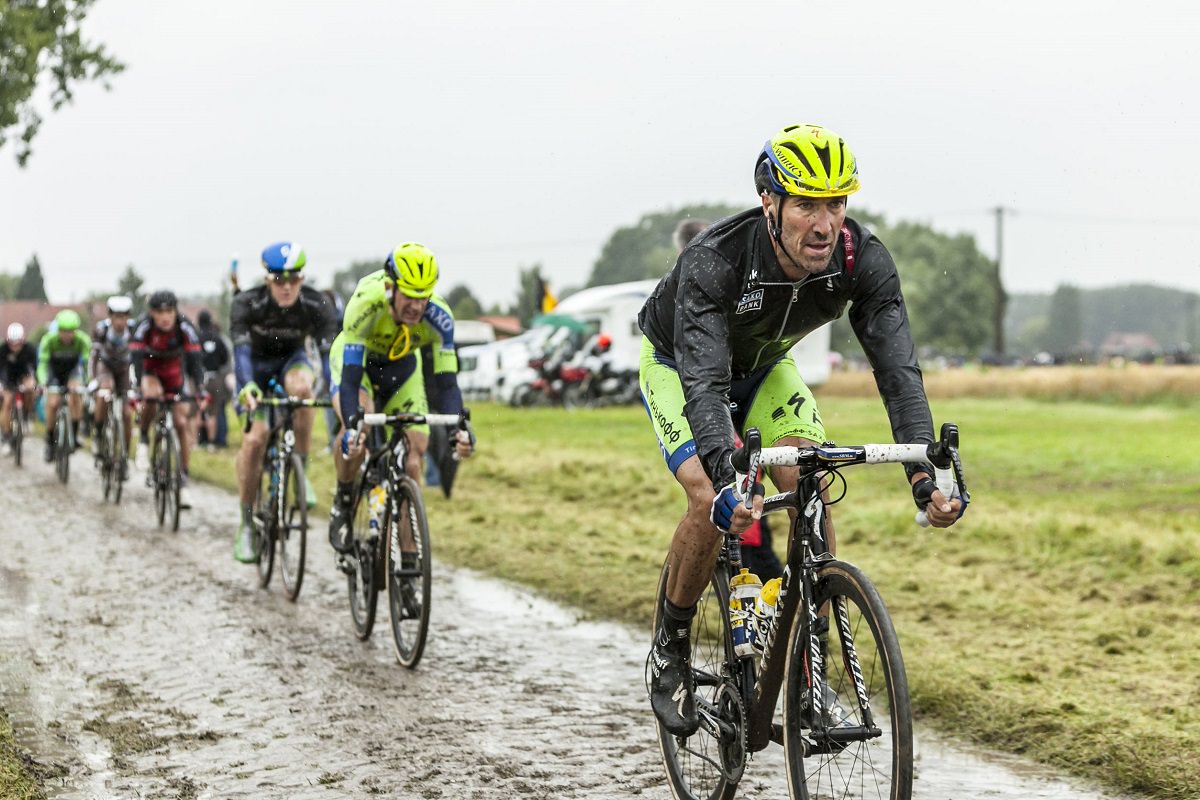
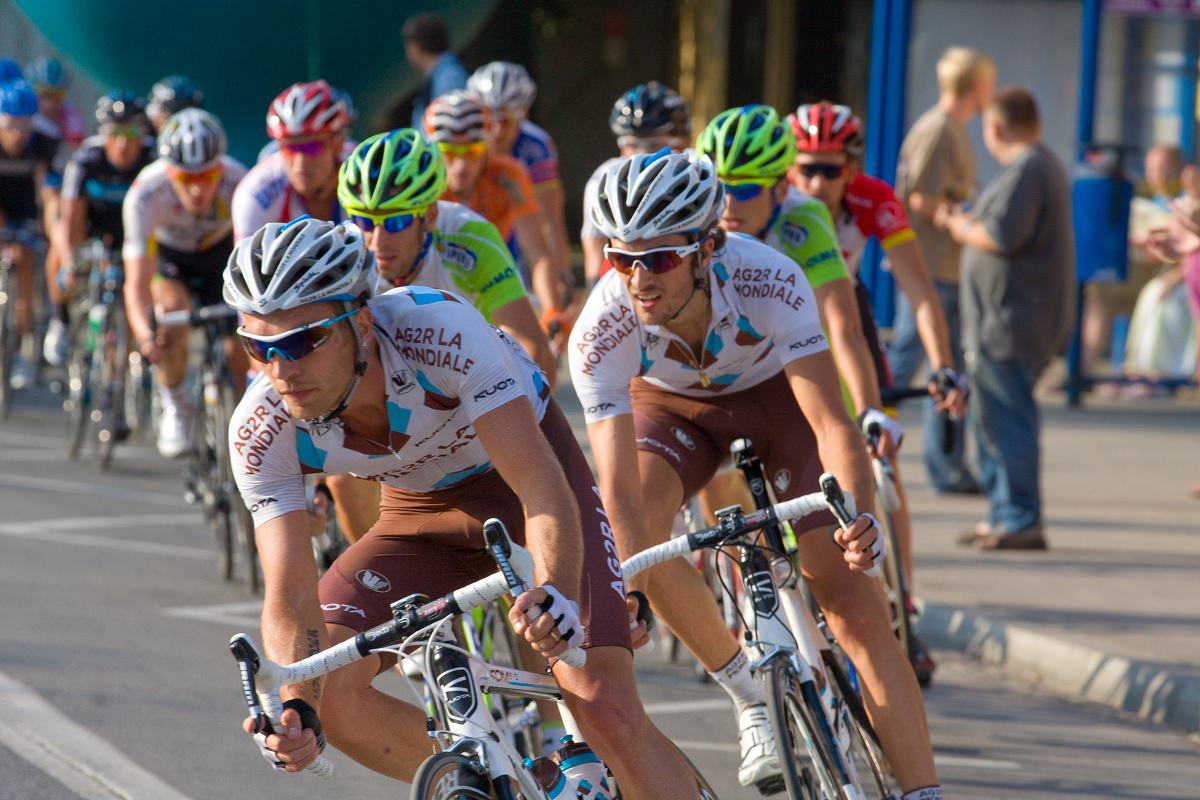
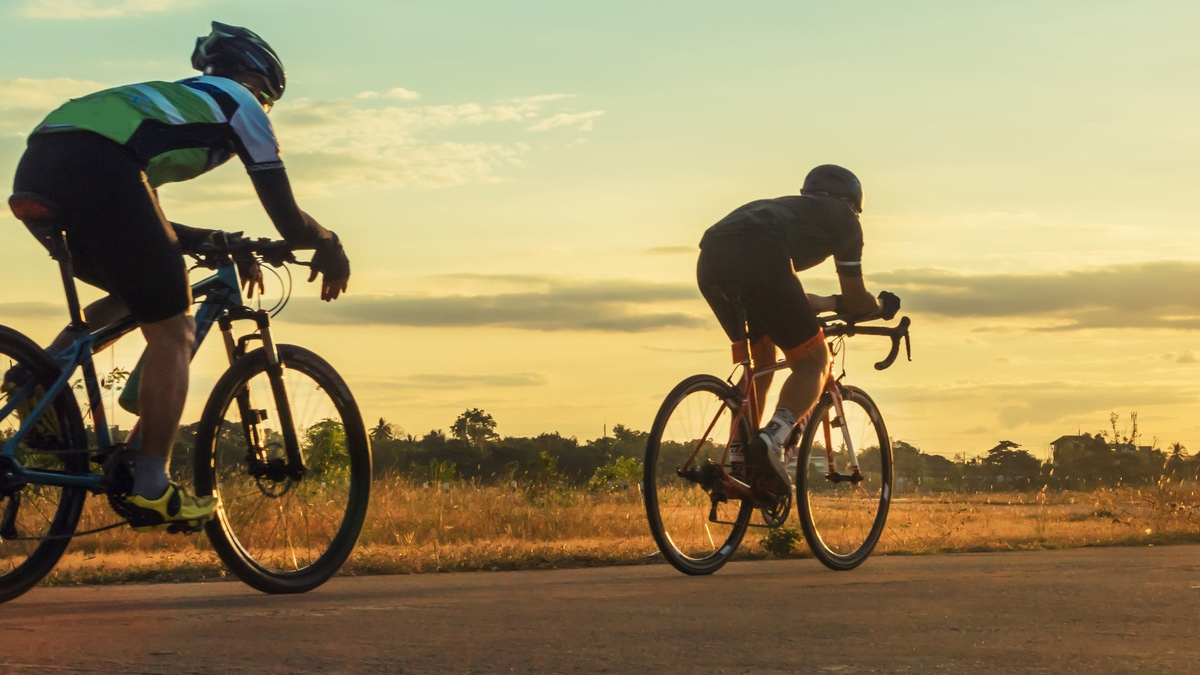
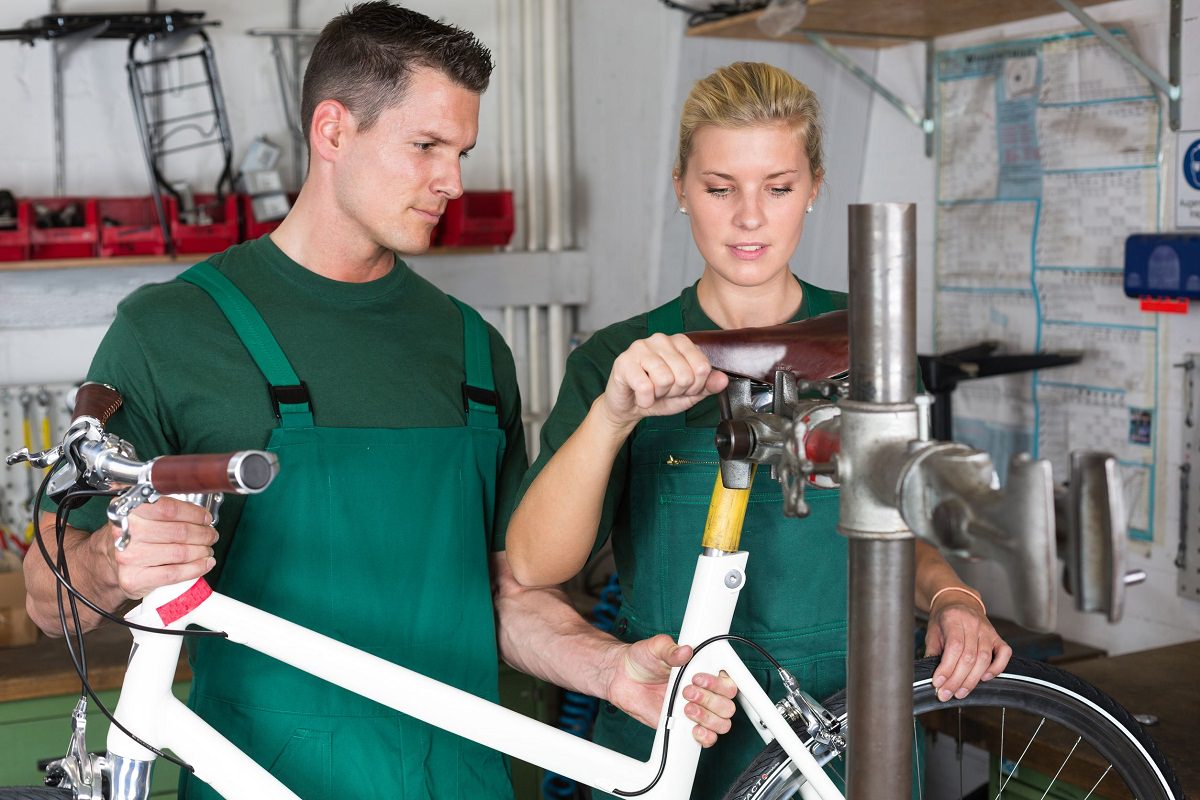
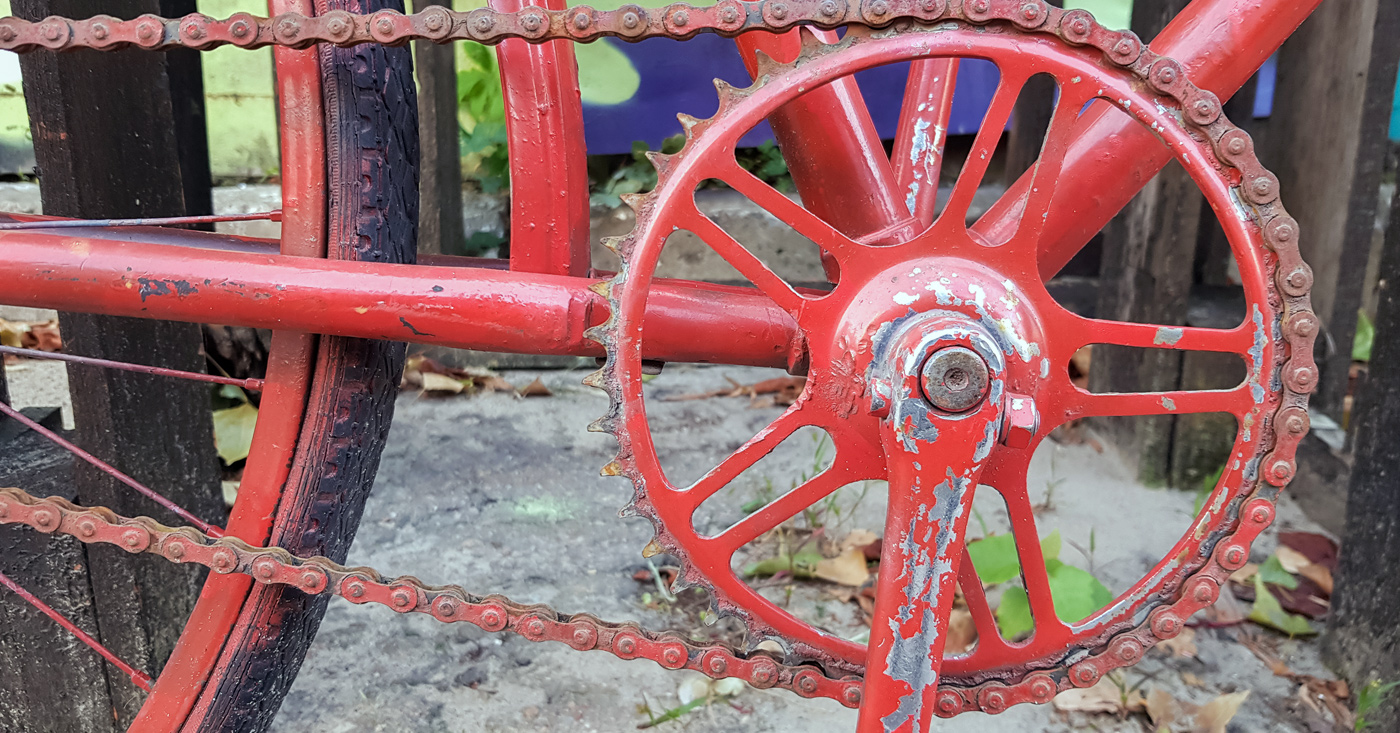
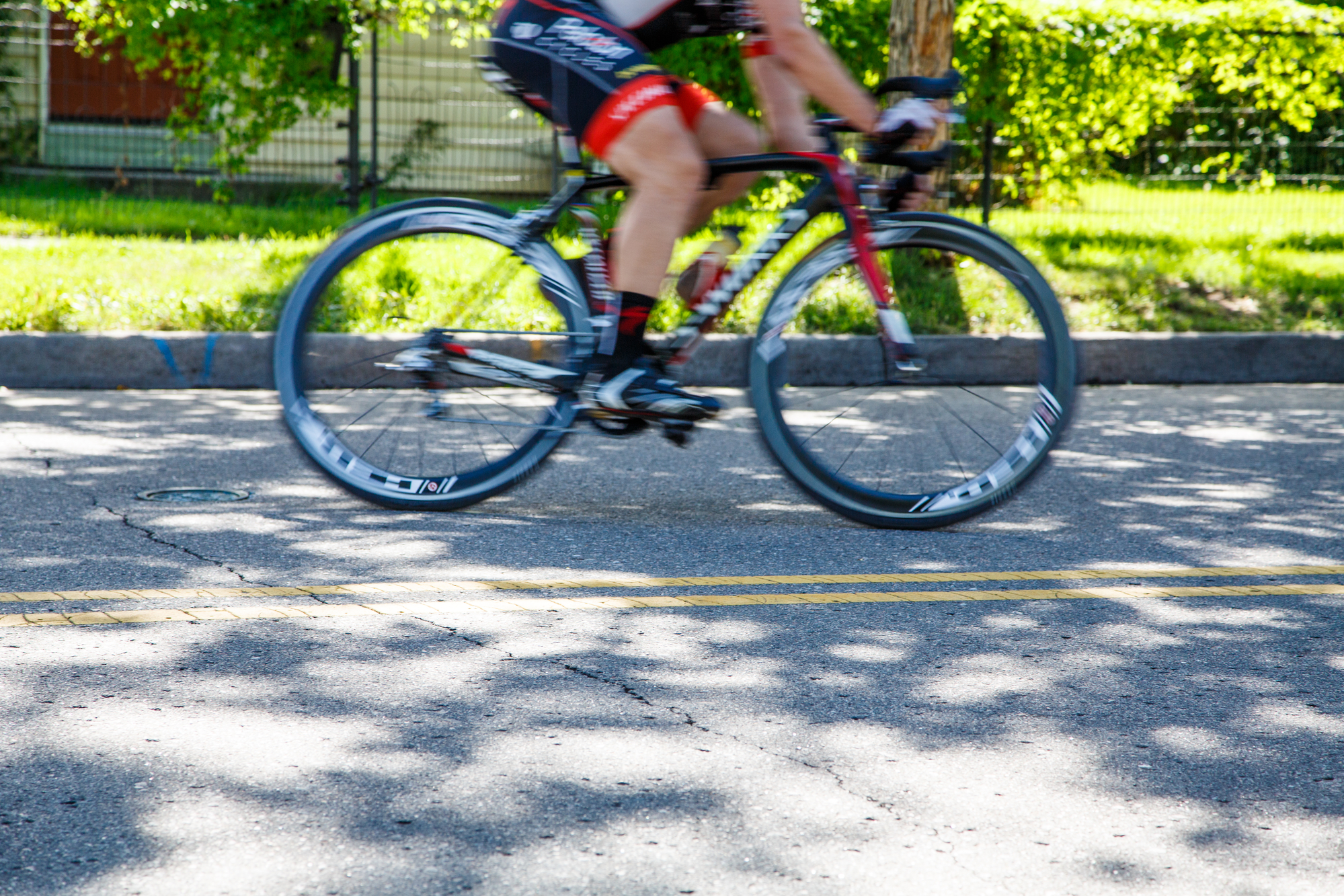
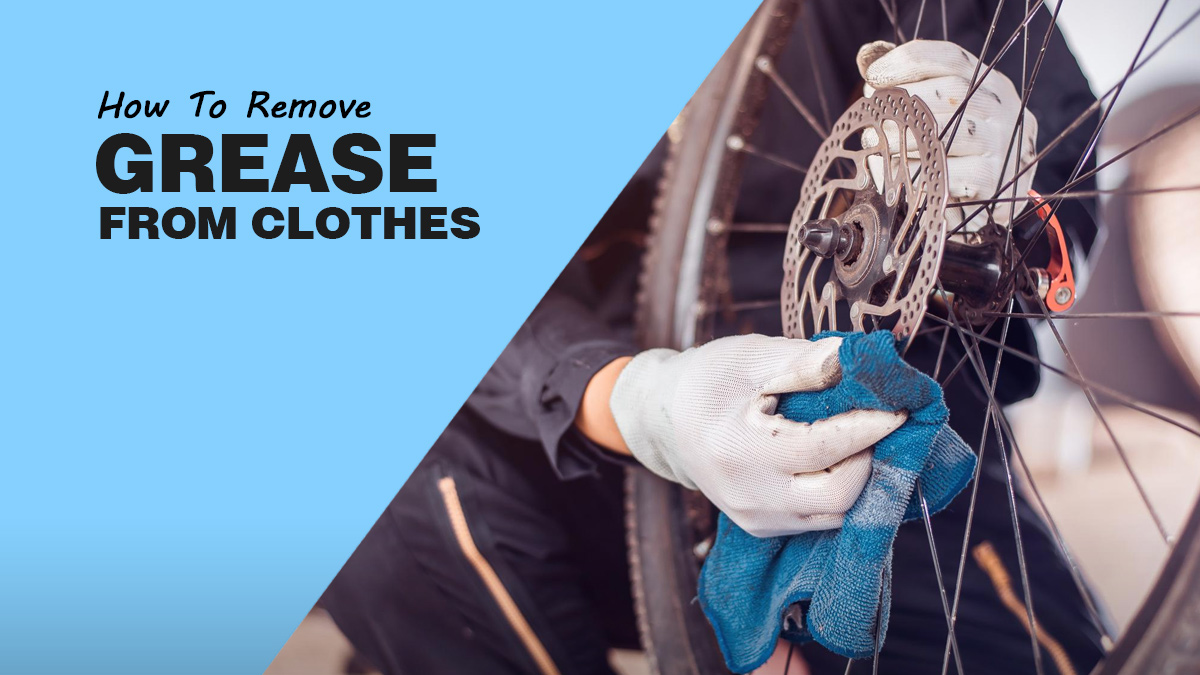
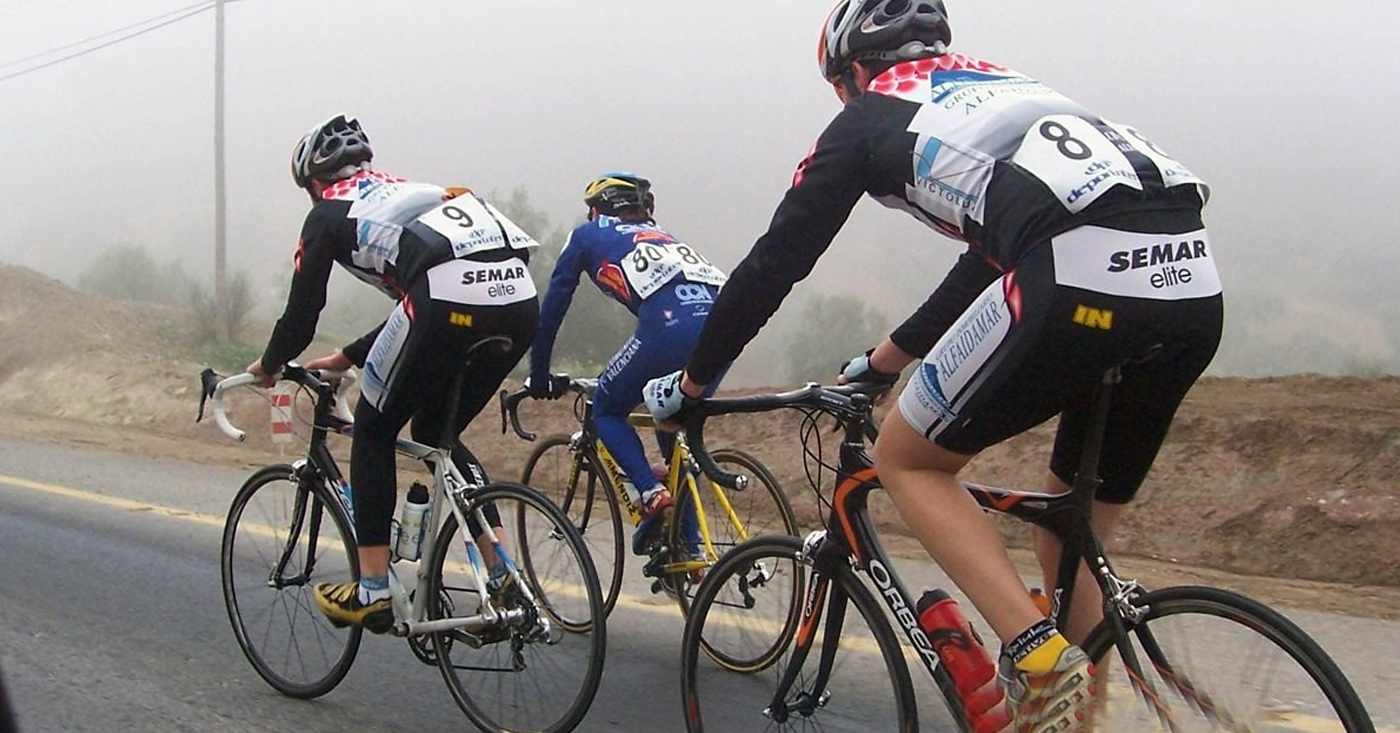
7 thoughts on “10 Most Asked Questions About Road Bike Tire Pressure”
“Normally, you would need 12 psi in front tire and 12 psi in the rear one.” Seriously? This article is peppered with photos riding in pro pelotons and your advice is to put 12 psi of air in both tires? Are you drugged? Assuming we are talking about a racing bike (as opposed to a mountain, cyclocross or touring bike), for a rider weighing say 180 lbs. you would likely have about 95-97 psi in the front tire and 100-110 psi in the rear – assuming a 23c x 700 tire. If you ride on a wider tire, you can lower the air pressure for a more comfortable ride at the expense of greater rolling resistance. I will assume that the reference to the Yamaha 250cc motorbike in the last paragraph probably explains the intention of this article being intended for motorcycles and not bicycles. I don’t know which idiot posted this article with photos of bicycles….but you should seriously work on getting a clue
Well. You posted Tire Pressure information on what I believe is for a off road motorcycle, I.E. Motocross. In just reading this I wonder who in there right mind would only fill their BICYCLE tires with only 10 to 14 PSI. Even skinny riders would have issues with pinch flats.
Well people all your articles now have the light of doubt cast onto them.
Duces to your mag?
Thomas
It is in point of fact a nice and useful piece of info.
I’m glad that you simply shared this helpful info
with us. Please keep us up to date like this.
Thanks for sharing.
What a great example of utter rubbish. Not sure where you derived this nonsense or who brainwashed you but… just know that it’s obvious you don’t know your ass from your elbow mate. #muppetlogic #falsenarratives #weenie
lol 10 psi WTF
Would you happen to mean bar?
If you mean bar, please for God’s sake don’t confuse it with PSI to the point where you specifically say PSI/POUNDS PER SQUARE INCH. There are people who will find this article in their search results and seriously go out and ride with 10-14 psi in their tires.
Giving you the benefit of the doubt, sir.
I normally use my tire pressure rating as a guide. For example I will insert 95 psi in a 100 psi tire rating.